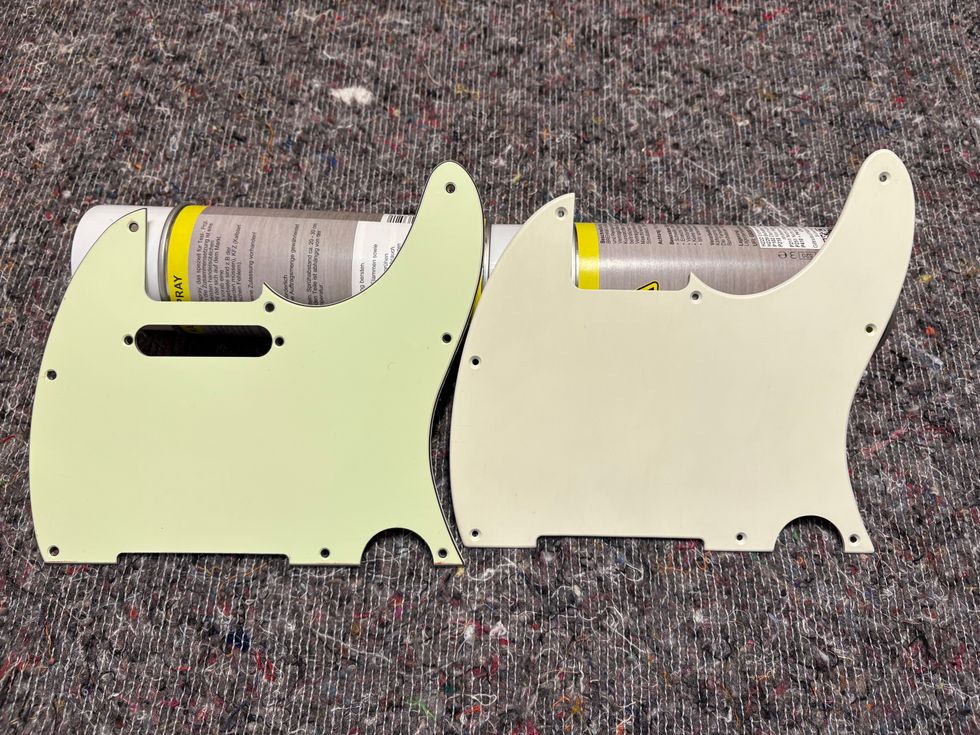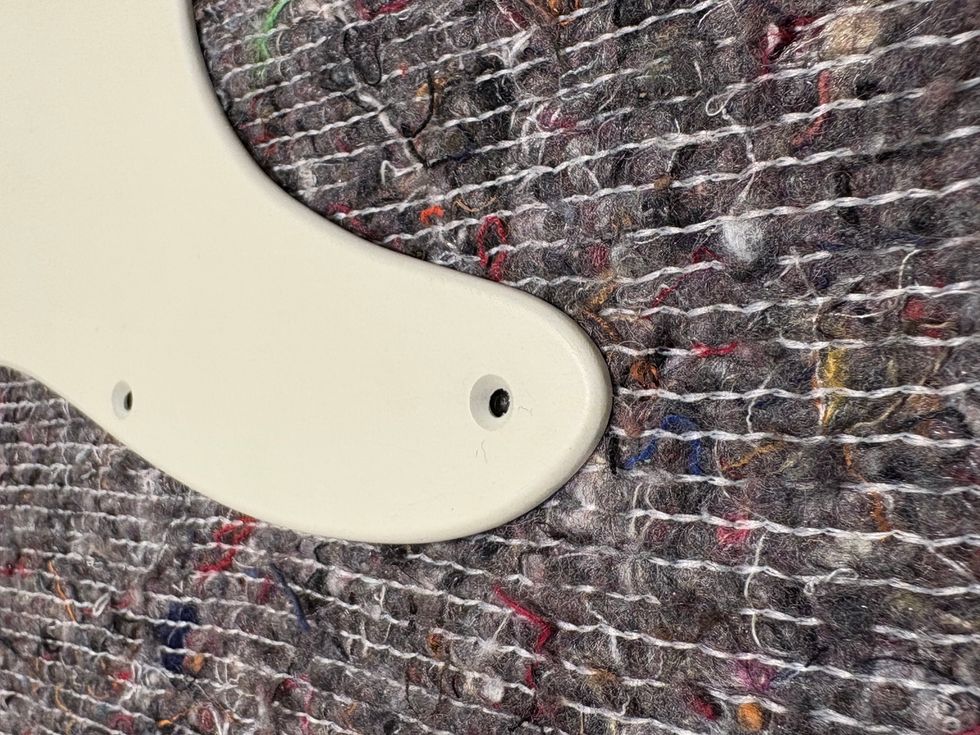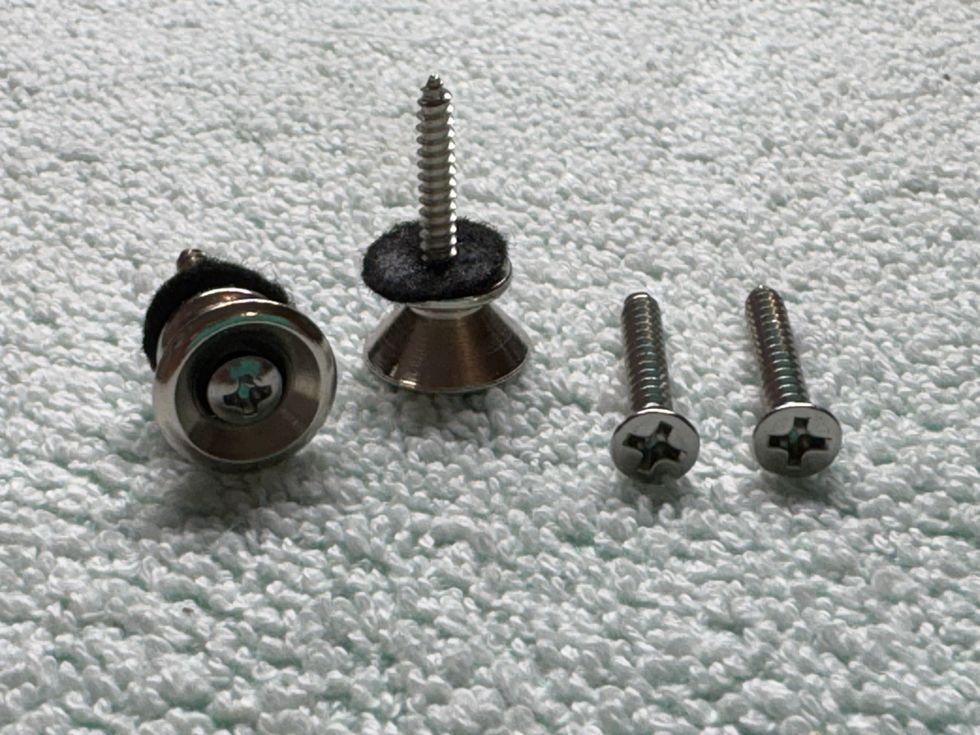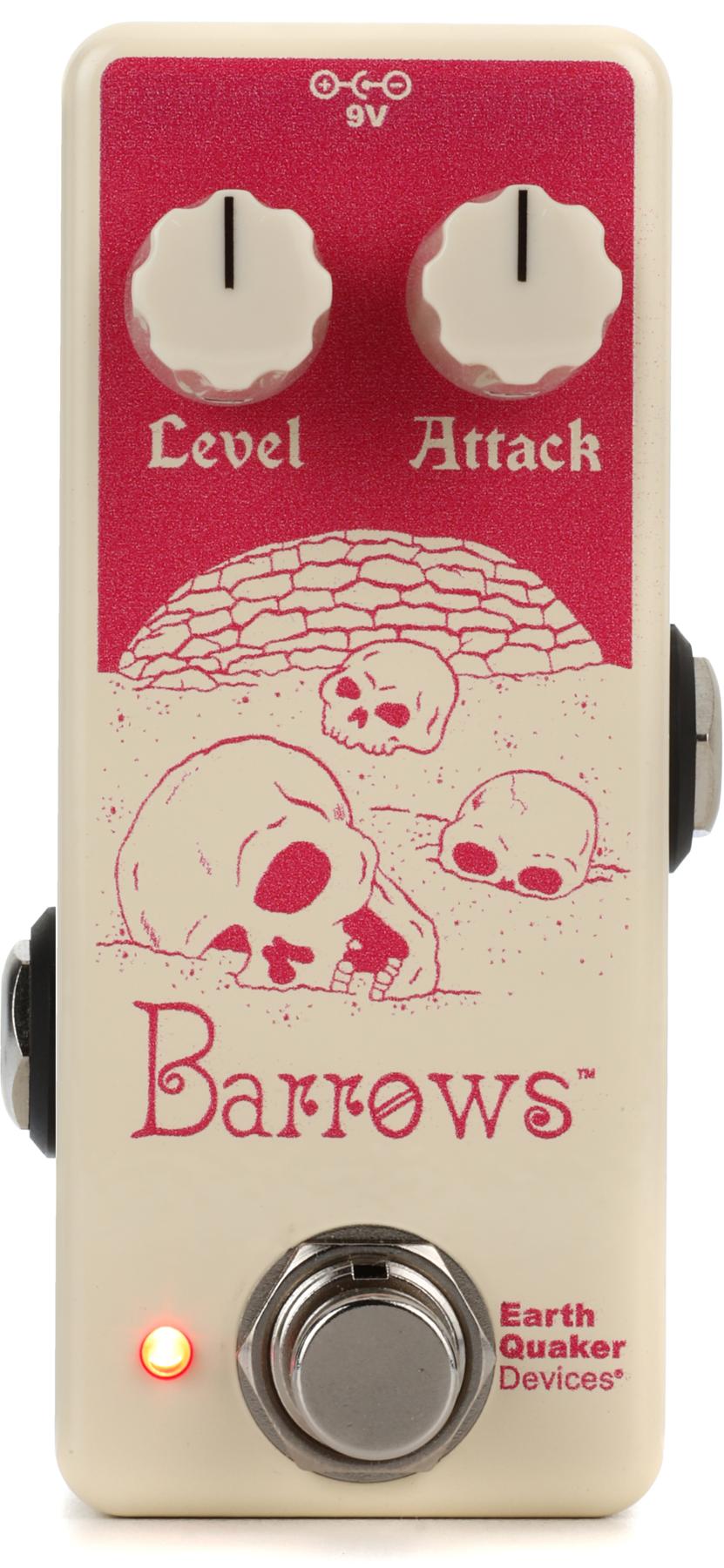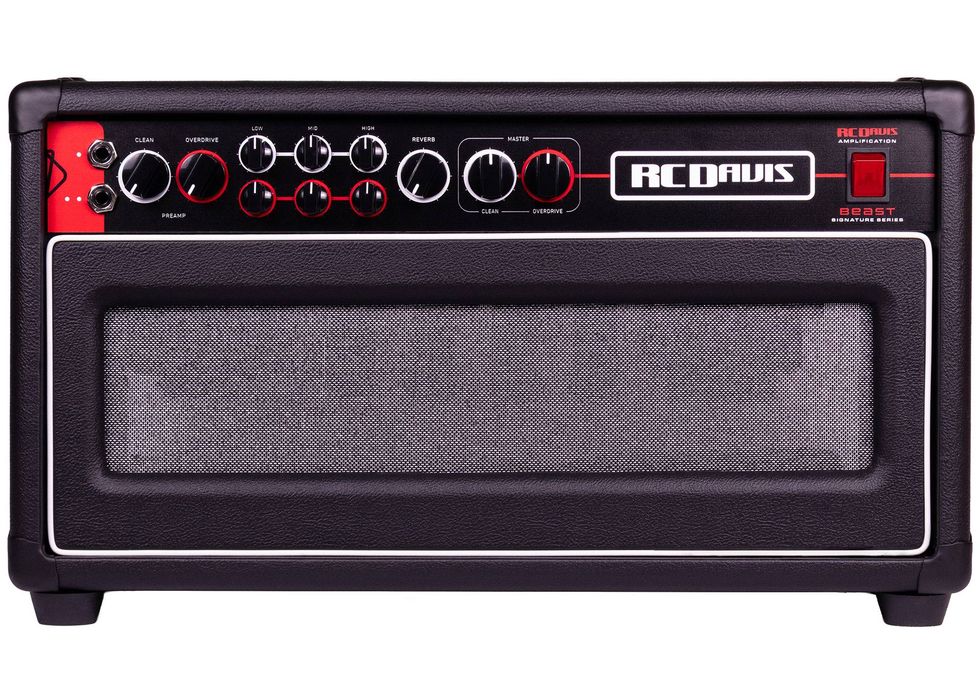 So there you are with your multimeter in
hand, testing pickup coils from last month,
right? We discussed what an unusually
low resistance measurement would mean,
but it’s more likely that a faulty pickup will
give you an unusually high reading (e.g. infinite
resistance) than a low one. What does
this mean?
So there you are with your multimeter in
hand, testing pickup coils from last month,
right? We discussed what an unusually
low resistance measurement would mean,
but it’s more likely that a faulty pickup will
give you an unusually high reading (e.g. infinite
resistance) than a low one. What does
this mean?
It probably means your pickup is now composed of more than one piece of wire, which is not a good thing at all. Infinite resistance tells you that you have no continuity between the meter leads and that the path through which the current must flow is probably broken. This is referred to as an open circuit, which means not complete.
I say the path is probably broken, and not definitely broken, because sometimes cold solder joints can cause a coil to appear to be open when it’s really not. So if you read infinite resistance on the meter, you may just have cold solder joints. And if the solder joints are exposed, as is the case with Strat and Tele pickups, then simply heating the two solder joints with a soldering iron for a few seconds and allowing them to cool may fix the pickup. This is always the first thing to try when a pickup reads open, and surprisingly, it often fixes the problem. There’s another Strat/Tele pickup malady that can also sometimes be fixed by heating the solder joints: when the wires along the pickup’s edge get scuffed during installation into the guitar. Strat and Tele (and many other) pickups have their coil wire wrapped through eyelets and around the edge of the pickup’s base several times, before the leads are soldered on. These wraps can be scraped along the guitar body’s cavity wall when the pickup is installed and some or all of the wraps can break. In this case, heating the joint will sometimes burn through the coil wire’s insulation and restore continuity.
 But let’s say that heating the solder joints
doesn’t work – you’ve tried that and the
pickup still reads open. What to do?
But let’s say that heating the solder joints
doesn’t work – you’ve tried that and the
pickup still reads open. What to do?
Presumably, the pickup didn’t ship from the manufacturer this way, so someone (you?) has damaged the coil, probably by jabbing it with something sharp like a screwdriver, or a pair of pliers, or something similar. Coil wire is so thin that it can easily break, so jabbing a coil with hard metal objects is not a great way to engender it with long life.
If the damage to the coil is in its outer wraps, then the pickup is probably repairable. The exception is if the coil wire is broken at the ground connection, as shown in the following illustration.
 If this is the case, then the pickup needs
to be rewound or replaced. There’s no practical
way to connect the two broken ends
of the wire together.
If this is the case, then the pickup needs
to be rewound or replaced. There’s no practical
way to connect the two broken ends
of the wire together.
On the other hand, if the wire is broken at the hot connection (the white wire), or if it has sustained some damage to the outside of the coil, then it’s probably repairable by peeling it. This can often be successfully done in 15 or 20 minutes, and I’ll tell you all about how to do it next month.
Until then!
George Ellison
Founder, Acme Guitar Works
acmeguitarworks.com
george@acmeguitarworks.com
302-836-5301







